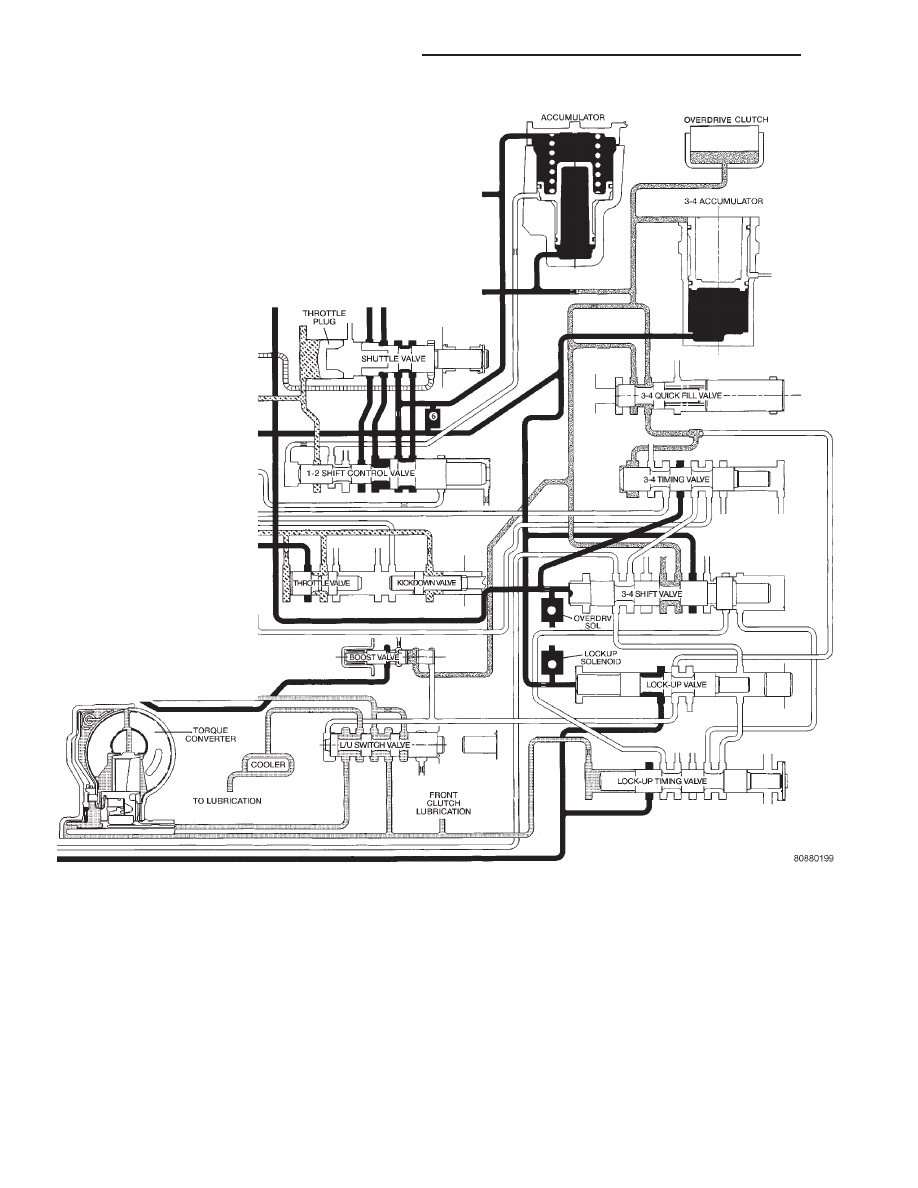Dodge Dakota (R1). Manual - part 692

Fig. 280 Switch Valve-Torque Converter Unlocked
21 - 412
AUTOMATIC TRANSMISSION - 46RE
AN
VALVE BODY (Continued)
|
|
|

Fig. 280 Switch Valve-Torque Converter Unlocked 21 - 412 AUTOMATIC TRANSMISSION - 46RE AN VALVE BODY (Continued) |